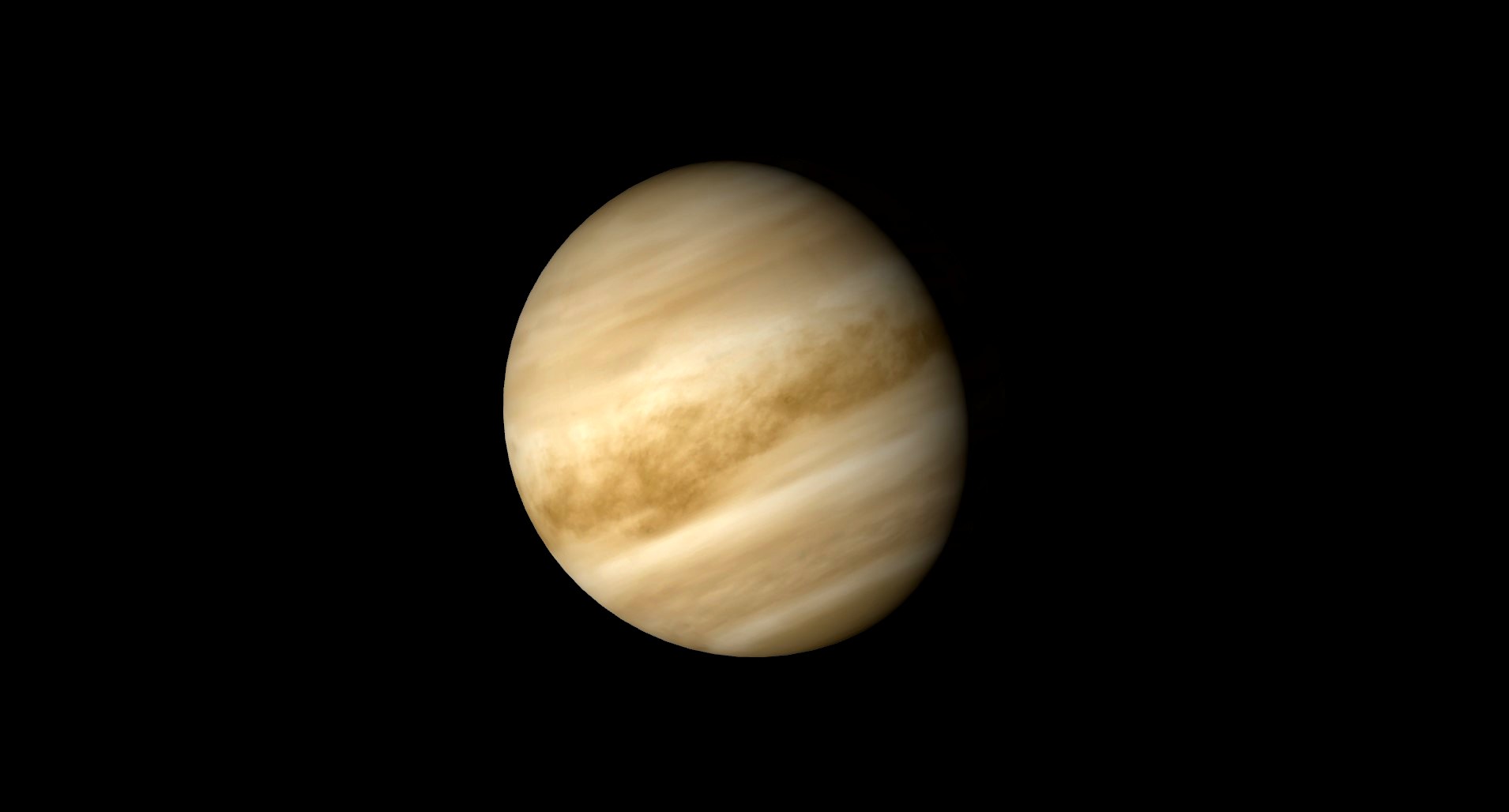NASA just beamed a Missy Elliott song to Venus
Venus is the artist's favorite planet.

It's not every day that NASA approaches an artist and asks which planet they'd like to beam their art to.
Recently, NASA collaborated with Grammy-winning rapper, singer, and songwriter Missy Elliott to send her song "The Rain (Supa Dupa Fly)" to Venus, Elliott's favorite planet. "I chose Venus because it symbolizes strength, beauty and empowerment and I am so humbled to have the opportunity to share my art and my message with the universe!" Elliott said in a statement.
The song was transmitted across 158 million miles (254 million kilometers) at the speed of light by NASA's DSN (Deep Space Network); the journey took about 14 minutes to complete. More specifically, it was transmitted by the Deep Space Station 13 (DSS-13) radio dish antenna at the DSN's Goldstone Deep Space Communications Complex in California. Fittingly, the station's nickname is "Venus."
"Both space exploration and Missy Elliott's art have been about pushing boundaries," Brittany Brown, director of NASA's Digital and Technology Division, said in a statement. "Missy has a track record of infusing space-centric storytelling and futuristic visuals in her music videos so the opportunity to collaborate on something out of this world is truly fitting."
Related: 'Simple Relativities (Your Imagination)': Why I made this Albert Einstein homage music video
YOOO this is crazy! We just went #OutOfThisWorld with @NASA and sent the FIRST hip hop song into space through the Deep Space Network. My song “The Rain” has officially been transmitted all the way to Venus, the planet that symbolizes strength, beauty and empowerment. The sky is… pic.twitter.com/g6HofNQSt1July 15, 2024
Music has long been a part of NASA missions, but it has usually been transmitted a bit more traditionally. The twin Voyager spacecraft, for instance, are each carrying music on their respective Golden Record. And astronauts often bring instruments up to the International Space Station (ISS), from Walter Schirra and Tom Stafford, who played "Jingle Bells" with a harmonica and bells in 1965, to Chris Hadfield, who sang and played guitar in his viral "Space Oddity" music video in 2013.
But beaming music into space is something of a rarity for NASA — Elliott's song is only the second song to be transmitted in such a method. The first occurred in 2008, when NASA's Deep Space Network sent the Beatles' "Across the Universe" toward Polaris, the North Star.
Breaking space news, the latest updates on rocket launches, skywatching events and more!
There's likely more beaming to come, though — but not just of music. Just last month, NASA used lasers to beam images and videos of employees' pets to the International Space Station. And before that, NASA sent a video of the orange tabby cat Taters from its Psyche spacecraft back to Earth.
If there are aliens out there tuning in to all our transmissions, they're sure in for a treat.

Space.com contributing writer Stefanie Waldek is a self-taught space nerd and aviation geek who is passionate about all things spaceflight and astronomy. With a background in travel and design journalism, as well as a Bachelor of Arts degree from New York University, she specializes in the budding space tourism industry and Earth-based astrotourism. In her free time, you can find her watching rocket launches or looking up at the stars, wondering what is out there. Learn more about her work at www.stefaniewaldek.com.
